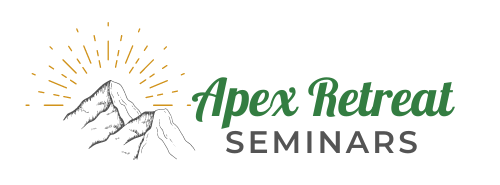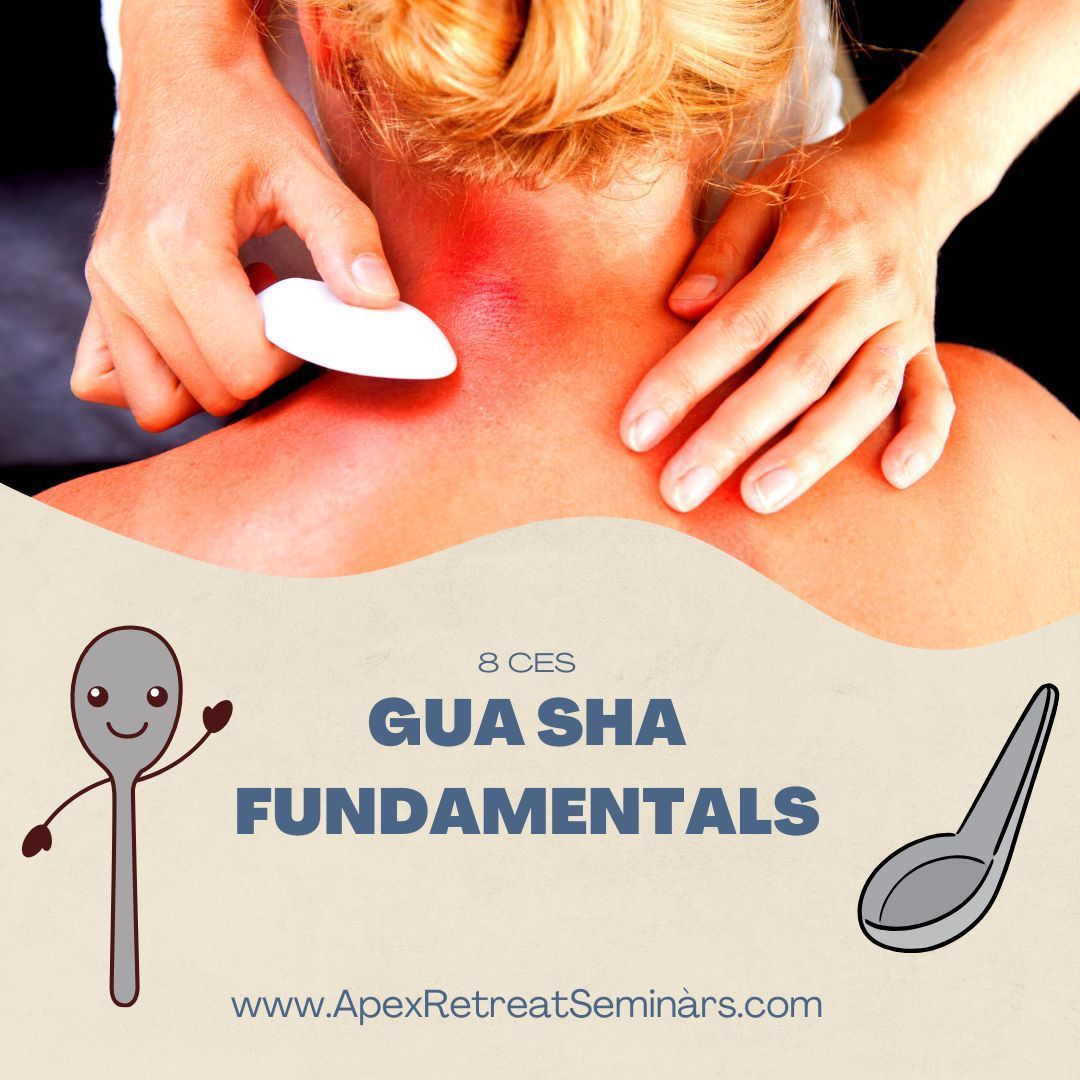Kickstart Your Healing Hands with Professional Gua Sha Training

Introduction to Gua Sha
Exploring the Ancient Roots of Gua Sha in Massage Therapy
Gua Sha's lineage extends deep into the past, with its foundation firmly set in traditional Chinese medicine more than 2,000 years prior. The technique has made a seamless transition to today’s therapeutic vernacular as an ancient modality for managing diverse maladies. Employing meticulous strokes across the skin using instruments with beveled edges—this method is historically documented as being designed to enhance blood flow and facilitate the expulsion of waste withing the body’s tissues. It encapsulated not simply physical remediation within classic Chinese society but also epitomized a comprehensive healing ideology often associated with chi or qi—the essential life force itself.
Practitioners held that Gua Sha could alleviate blood stagnation- blockages within one's system, ostensibly linked to inflammatory conditions and persistent pain.
Artifacts unearthed over time reveal Gua Sha implements crafted from stones such as jade, bones from various animals, and even precious metals like copper or silver—a clear indication of this therapy’s venerable status in antiquity's healthcare customs. For those who practice it today, grasping Gua Sha’s history remains pivotal; it enriches their craft by shedding light on why these techniques have endured through countless generations as valid health interventions. Researchers poring over both ancient relics and medical treatises have meticulously reconstructed the intriguing progression of Gha Sha throughout centuries—an odyssey reflecting both cultural transmission and acceptance among Western holistic medicinal circles.
The persistence of Gua Sha within massage therapy spheres speaks volumes about its reputed benefits alongside humankind’s intrinsic pursuit toward recuperative therapies. Diving into historical archives enables us to appreciate how this age-old remedy has morphed into a present-day adjunctive treatment modality—it stands resilient against time's tide due largely to principles focusing on energetic equilibrium and movement dynamics which continue captivating those at the forefront who weave together Gua Sha training alongside professional courses aimed at fostering practice integration amidst our ever-evolving landscape of healthcare strategies.
What is Gua Sha?
Understanding the Basics of Gua Sha and Its Benefits
Benefits of Gua Sha in Massage Therapy
The ancient art of Gua Sha involves techniques where pressure and strategic strokes are administered across the skin with smooth tools. Its aim is to foster recuperation by invigorating the soft tissue and increasing microcirculation, an effect that heightens blood flow promoting a reparative response within the body.
In Chinese Mandarin, the word"Gua" translates to scrape, whereas "Sha" translated to sand- denoting the reddish marks on skin also known as Petechia. Studies delving into gua sha history reveal that its consistent application has been linked with diminished inflammation levels—this diminishes chronic discomfort associated with conditions like arthritis, fibromyalgia as well as musculoskeletal pain.
Furthermore, thought history Gua Sha has been utilized for it's affects on fortify immune defenses and might even accelerate convalescence phases in ailments ranging from colds and infectious disease.
Yet Gua Sha therapy provides more than just physical benefits. The precise movements utilized by Gua Sha practitioners have been thought capable of initiating parasympathetic nervous system activation—the segment entrusted with orchestrating bodily restfulness alongside digestion— creating a complete Holistic experience. Herbal balms and liniments are often used in conjunction to soothe the tissues and support the body’s healing process.
Getting Started with Gua Sha Training
Professional Gua Sha Training for Massage Therapists
Integrating the ancient art of Gua Sha into massage therapy can significantly enrich a practitioner's range of services. Mastering this respected technique not only distinguishes therapists but also presents a compelling specialization that can attract a broader clientele. Skilled Gua Sha practitioners offer targeted therapeutic solutions for issues such as chronic pain, limited mobility, and even cosmetic enhancement goals.
Continuing education in Gua Sha history and techniques benefits not only clients but also enhances therapists' skills and professional development. Developing expertise in adjusting variables like pressure, stroke technique, and rhythm is crucial for delivering effective sessions tailored to each client's unique needs, enhancing their treatment experience and results.
Effective implementation involves not just skillful execution but also educating clients on Gua Sha's benefits and managing expectations about the therapy. This includes explaining potential temporary skin changes after treatment and providing essential aftercare instructions to establish trust and increase client satisfaction levels. As alternative healing methods progress, staying up-to-date through advanced professional courses ensures massage therapists remain informed leaders in their field, enhancing their practices and contributing to the credibility of massage therapy as a legitimate form of healing.
Our Gua Sha trainings offer a comprehensive approach that combines hands-on experience, in-depth exploration of history, Chinese medicine theory, and the scientific principles underlying the effectiveness of Gua Sha.
During the training sessions, our instructors dedicate ample time to hands-on practice, ensuring that participants have the opportunity to practice under supervision and refine their techniques. This hands-on component allows trainees to understand not only the practical application of Gua Sha but also the historical context and theoretical foundations that inform this ancient healing tradition. By integrating practical experience with theoretical knowledge, our trainings aim to equip participants with a well-rounded understanding of Gua Sha and its holistic benefits.
Importance of Gua Sha Professional Training
Investing in professional courses in Gua Sha goes beyond simply improving personal skills; it represents a commitment to maintaining the highest standards and ensuring patient safety in practice.
Continual scientific exploration enhances our understanding of Gua Sha's physiological effects, leading to the integration of these insights into training content. This approach ensures that practitioners blend clinically supported methodologies with ancient practices, maintaining relevance in modern healthcare settings. Professional Gua Sha training is essential for establishing credibility and authority in the field, particularly as interest in alternative therapies grows and clients seek qualified specialists.
Conclusion
Exploring the history and cultural significance of Gua Sha reveals its complexity and importance within massage therapy. Engaging in Gua Sha training is not just about mastering a technique; it revitalizes a tradition that enriches holistic wellness practices. Whether you are considering integrating Gua Sha into your healing modalities or aiming to deepen your expertise, rigorous education is essential for preserving the integrity and effectiveness of this ancient practice in contemporary healthcare.
If you're intrigued by Gua Sha, it's time to enhance your proficiency!
Don't miss this opportunity to further your personal development and make a positive impact on the lives of others. Embark on this enlightening journey today and secure your spot!
START A CONVERSATION
All Rights Reserved | Apex Retreat Seminars
Website Powered By R.I.S.E. Online Marketing Strategies




